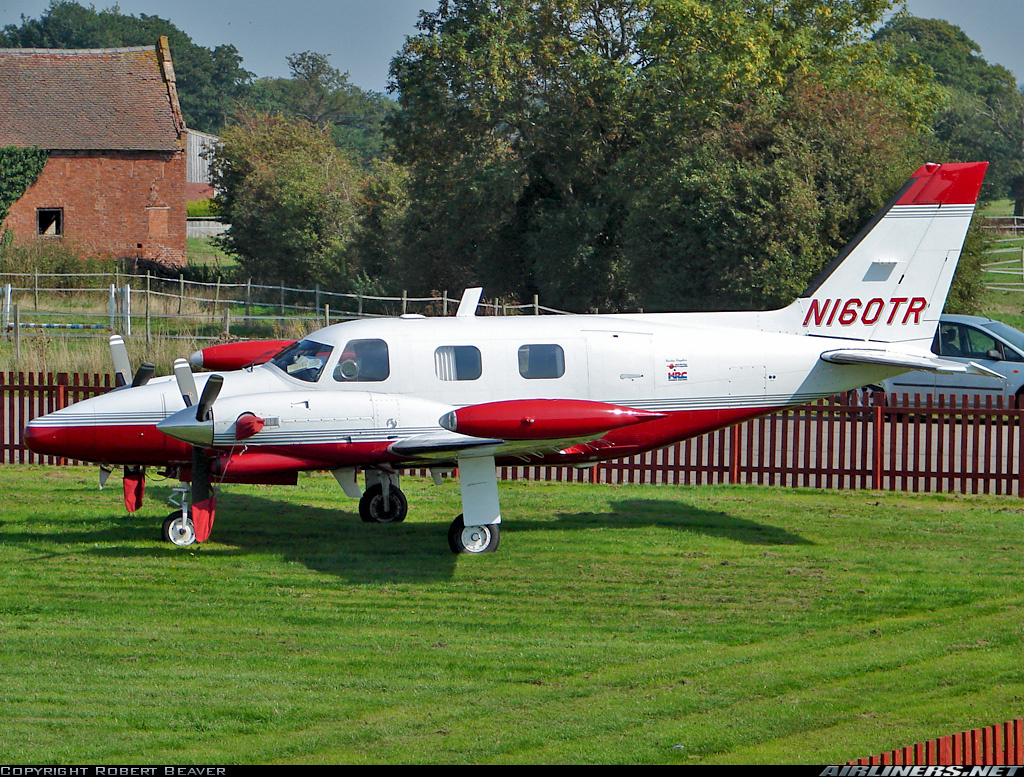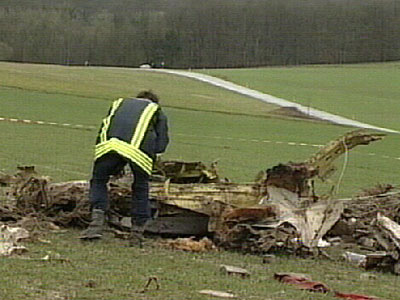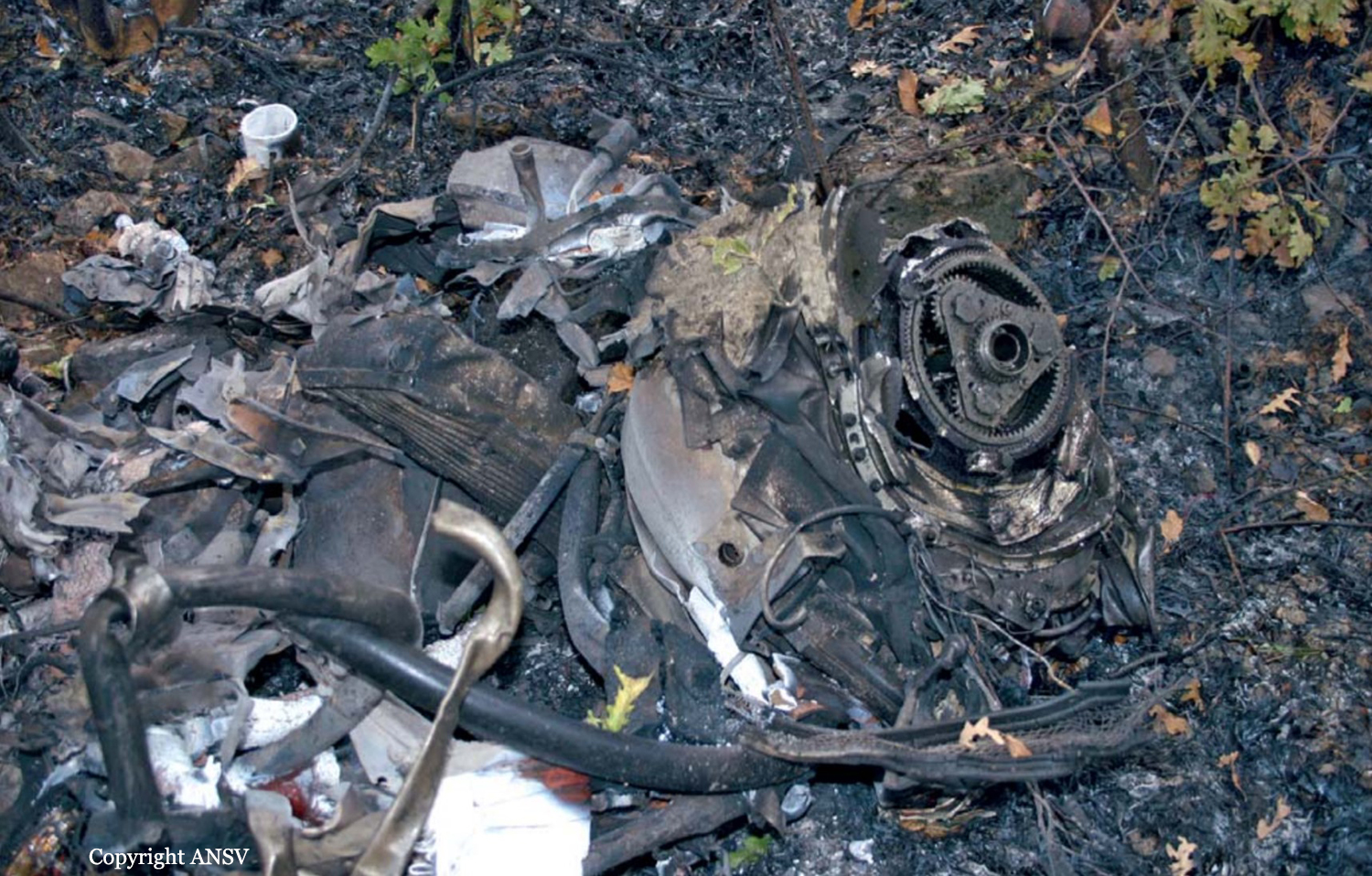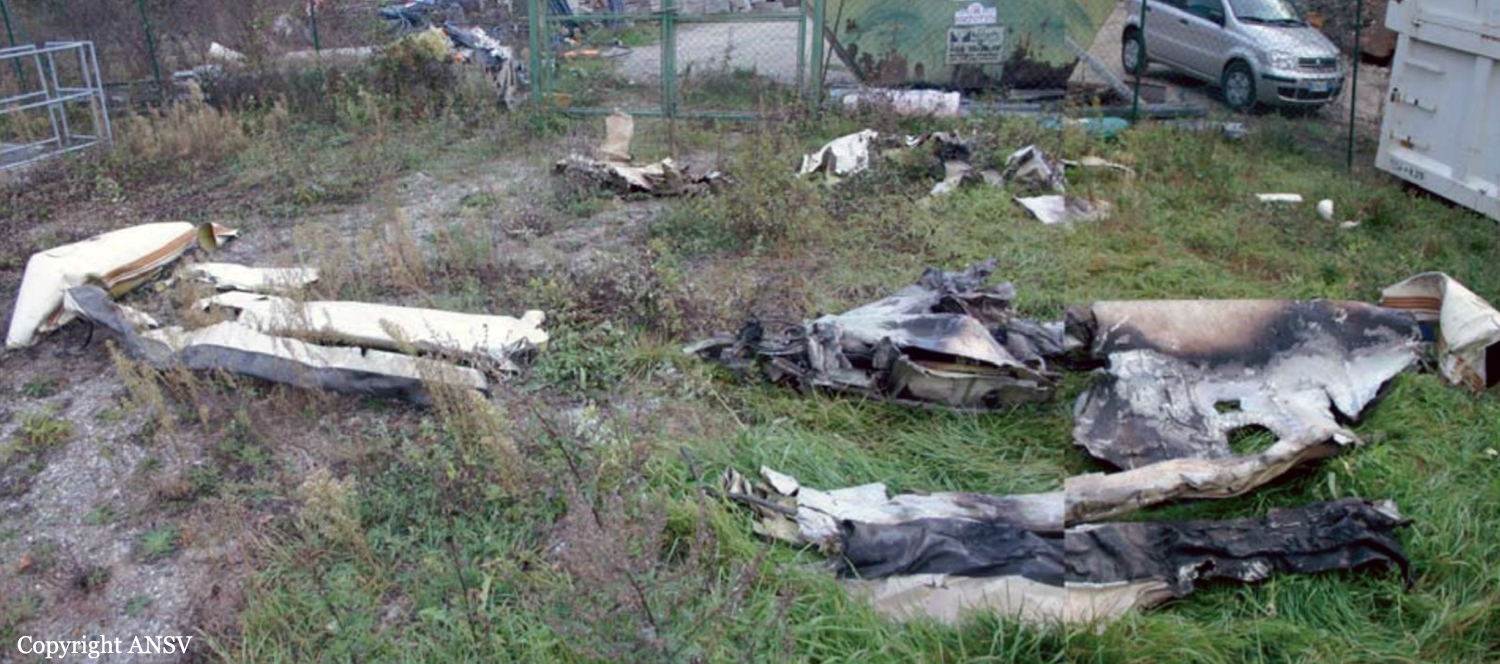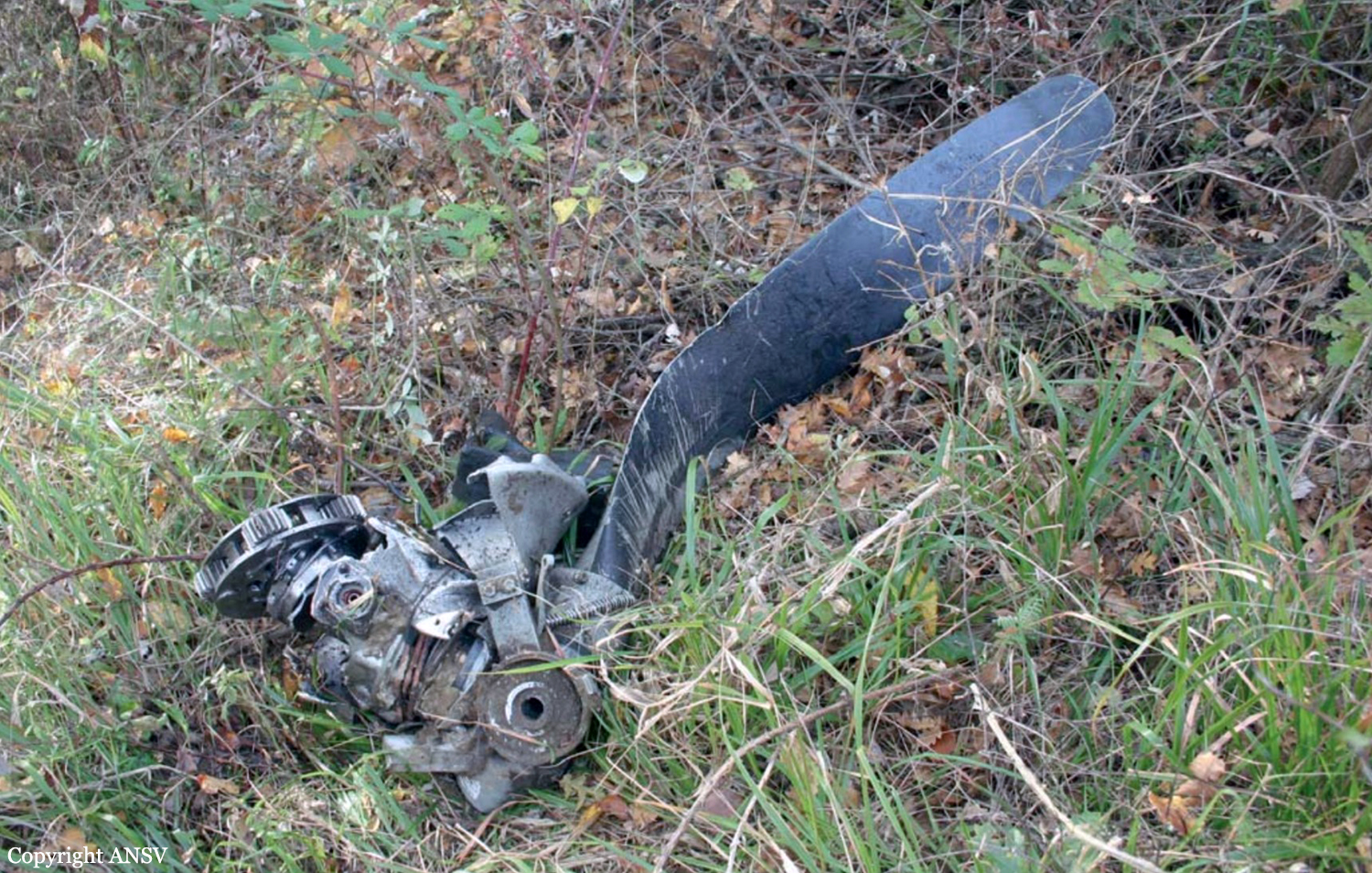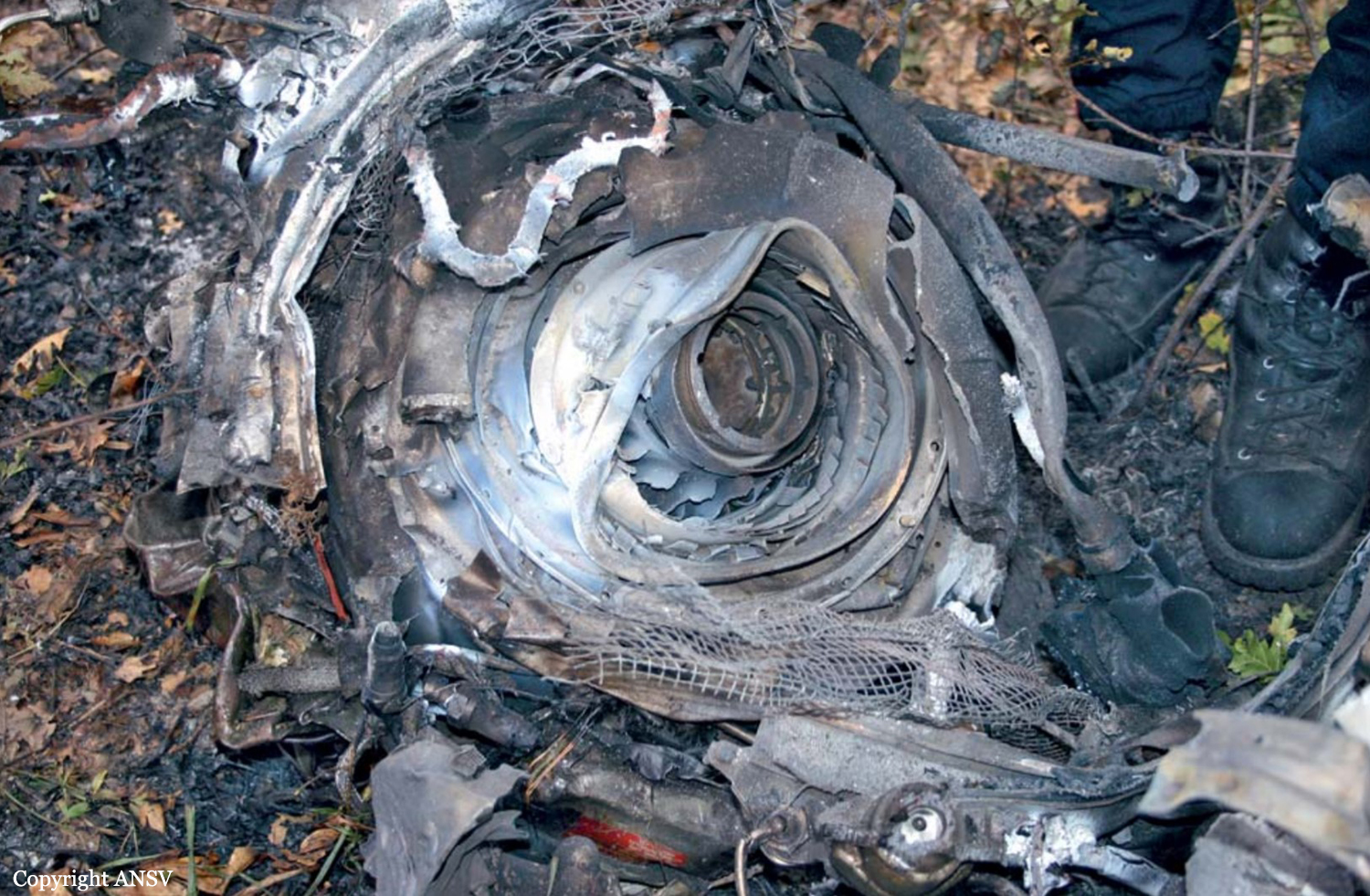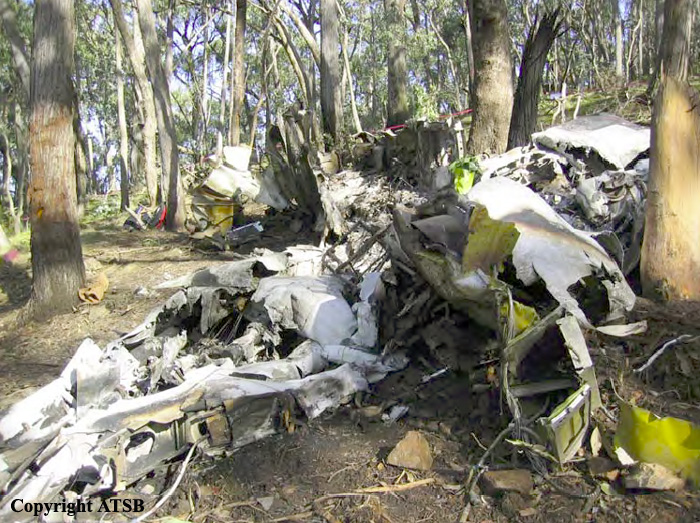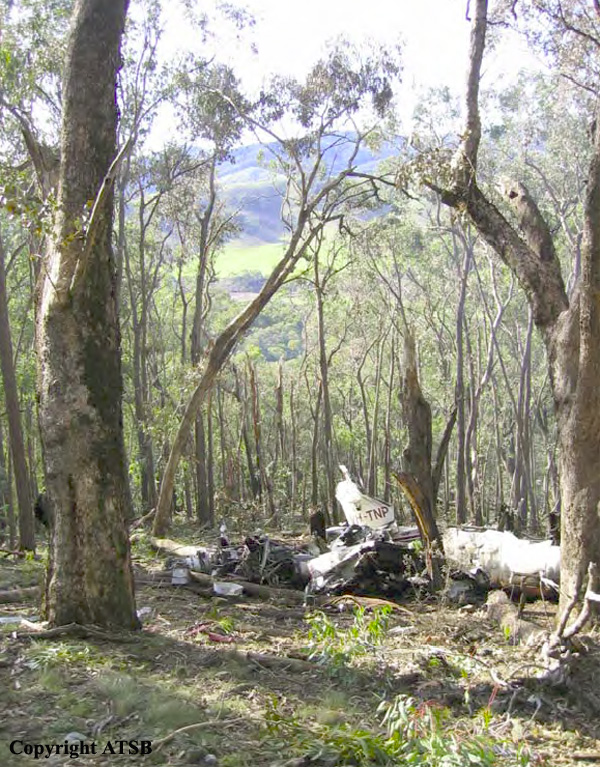Crash of a Piper PA-31T Cheyenne II in Madison
Date & Time:
Aug 31, 2007 at 1218 LT
Registration:
N199MA
Survivors:
Yes
MSN:
31-8104005
YOM:
1981
Crew on board:
1
Crew fatalities:
Pax on board:
1
Pax fatalities:
Other fatalities:
Total fatalities:
0
Circumstances:
On approach to Madison-Dane County-Truax Field, the pilot encountered technical problems with the right main gear that remained stuck in its wheel well. He decided to retract the gear and to complete a wheels-up landing. The twin engine aircraft belly landed and slid for few dozen metres before coming to rest. Both occupants escaped uninjured and the aircraft was damaged beyond repair.


